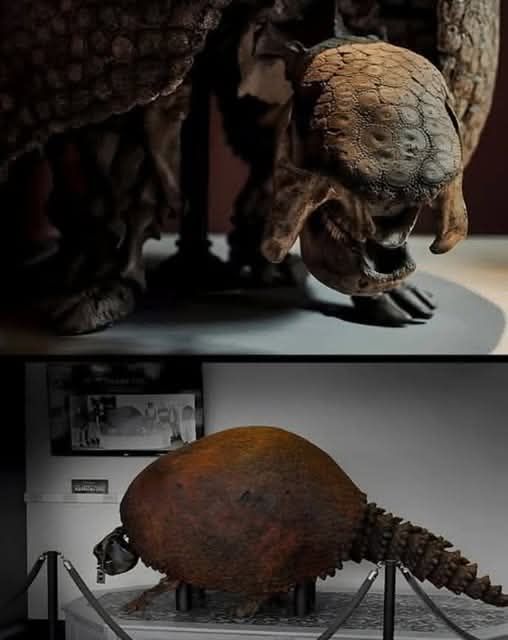While moving his cattle along a quiet riverbank, Argentine farmer Juan de Dios Sota made an extraordinary find—one that would rewrite part of South America’s prehistoric story. Half-buried in the sediment were the fossilized remains of four massive Glyptodons, ancient relatives of the modern armadillo that lived around 20,000 years ago.
These creatures were no ordinary armadillos. Roughly the size of a Volkswagen Beetle and weighing up to two tons, Glyptodons roamed the ancient landscapes of South America during the Ice Age. What makes this discovery especially remarkable is that four individuals were found together, the first such occurrence ever recorded. This suggests they may have lived—and possibly died—as a group, hinting at previously unknown social behavior.
Believed to have gone extinct about 10,000 years ago, these heavily armored herbivores once shared the land with saber-toothed cats and early humans. The discovery not only sheds light on their physical structure and potential lifestyle but also opens up new questions about the environmental conditions that led to their extinction.
From an ordinary day of cattle herding to one of the most significant paleontological discoveries in years, this find reminds us how much of the ancient world still sleeps beneath our feet—waiting to be uncovered.
